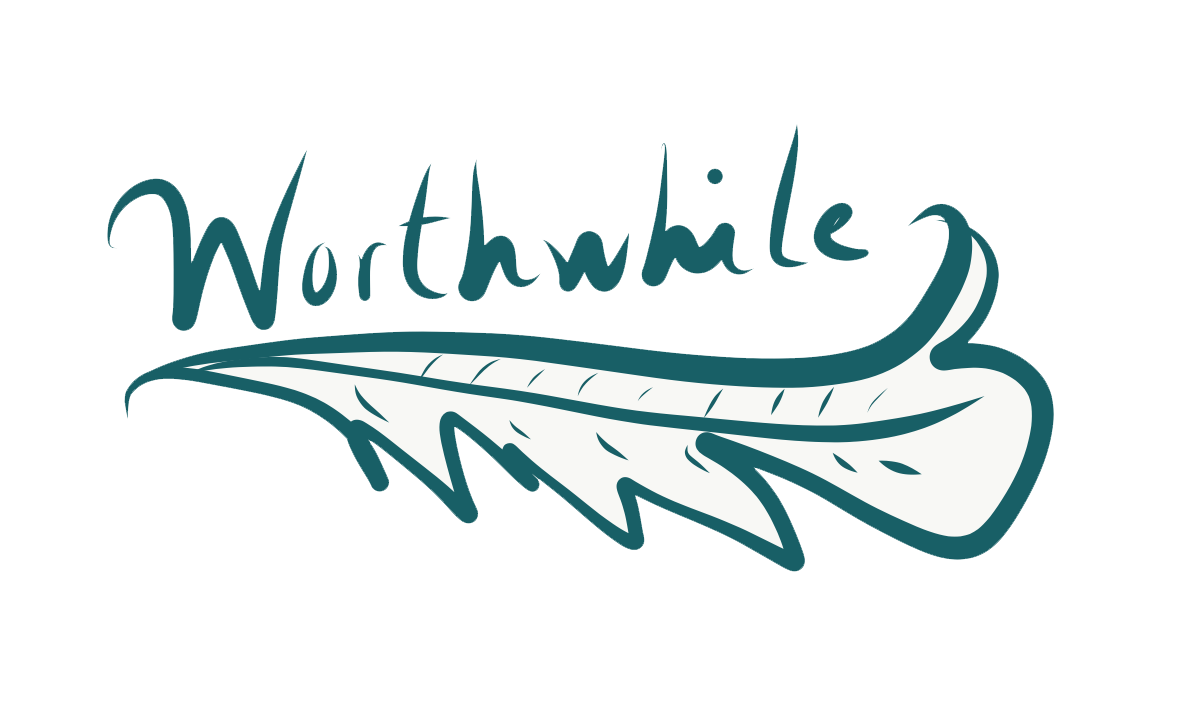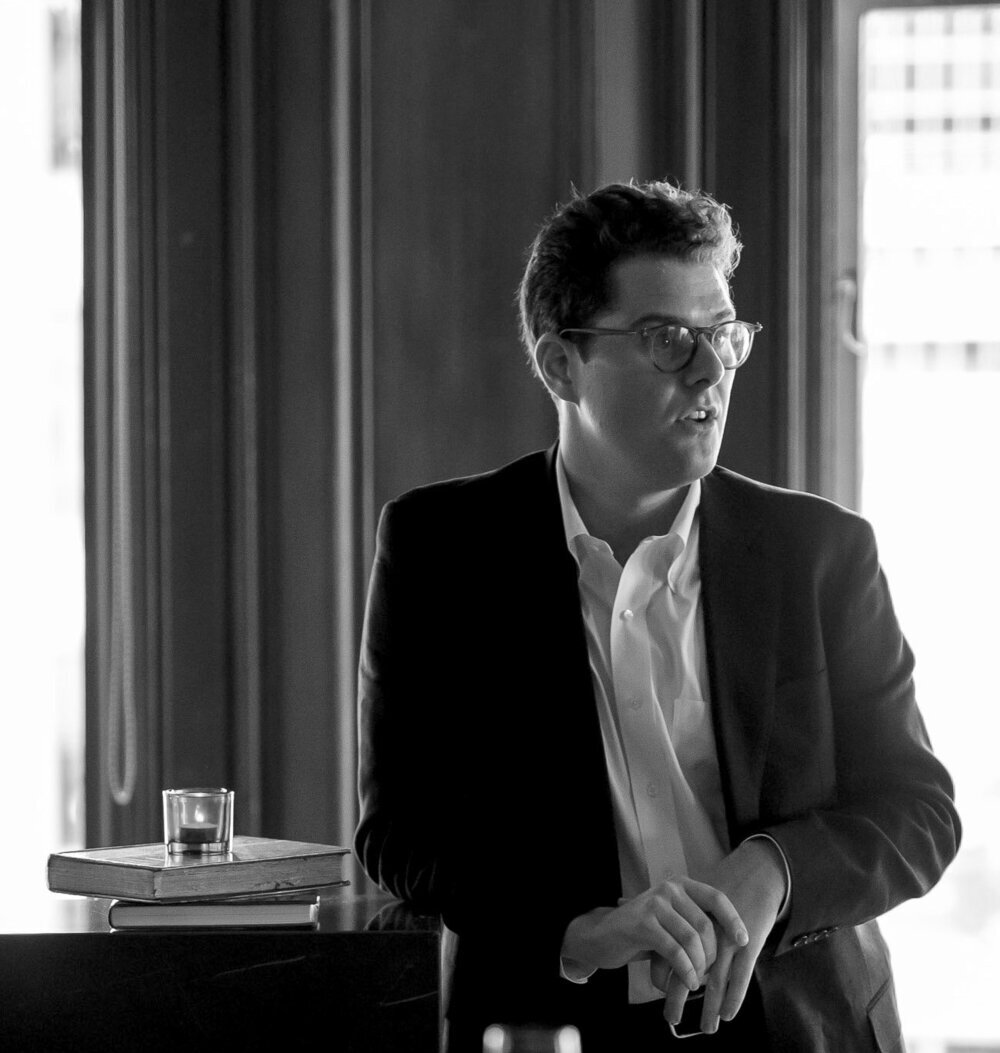The Stages of Collecting from the Lifecycles Series: Part II
For a new three-part series, Spencer W. Stuart further explores the stages of collecting and collections. The following is Part II of the series. Spencer is also presenting a new installment of his program “Lifecycles: Collecting & Collections” beginning on October 1, 2020. Registration is now open and available here.
Want to start the Series from the beginning? Read Part I here.
LIFECYCLES: COLLECTING & COLLECTIONS
PART II: YOU’RE A COLLECTOR
Implement a Strategy: Time, Resources, Space
Once you realize you are a collector, that you have questions to answer, stories to tell through objects, it is time to develop a strategy founded on three elements: Time, Resources, and Space.
Time – Research
In order to collect intelligently, it is crucial to do the legwork prior to purchasing. You must also continually examine and assess items in your collection. Without well considered connections throughout, the collection will become incommunicable to others (as well as the collector). If collecting is the attempt to convey a place in time, then the collection is the brain that facilitates this effect. Synaptic connections will cease with ad hoc acquisitions resulting in a loss of plot and focus.
The sourcing of material is often done concurrently with ongoing research. If you are more of an ‘Object Elicit’ collector, chances are items of interest and relevance to your collecting subject will be found through dealers, or connections sourced via a reputable dealer.
If you are more of an ‘Idea Oriented’ collector, then the path will be less defined and will require more time to piece together.
The question of time spent boils down to how directly you want to be involved in the acquisition process. If you want to be involved more directly in the process, you will need to do your homework about the subject prior to setting out further. Would you like to amass a collection in a relatively short period of time? If so, define your interest and communicate it to dealers you trust (“Many hands, light lifting”).
Resources
Once you have established to yourself that you are a collector, review the purchases you have made. With regular monitoring, you will be able to establish your intake rates for collecting. From that, you can understand the role collecting will play in your finances moving forward.
If you want to develop a significant collection, you need to treat the process with the same amount of importance as other expenses you incur regularly. An understanding of what you spend, when, and on what does not ‘overly rationalize’ collecting. Nor does it nullify the ‘thrill of the hunt’. You still have to get out there. What it does do is make the activity sustainable and provides you assurance when on the fair room floor or the antique market.
Space
You owe it to your collecting and the collection itself to seriously assess the space (and climate conditions thereof) in which you can house a collection. If this means you’ll require remote storage, be sure the resulting bills are paid and conditions are stabilized to the best of your abilities.
It is important in all circumstances to have items protected (light, moisture, motion), yet accessible. If you cannot find or reach items in the collection easily, you cannot maintain the connection with these items; the collection will become distant. This is how collecting becomes a source of guilt to the collector and as a result collections a source of shame.
You are the custodian for these objects that concern themselves with larger communities — be responsible.
Foundations of a Catalogue
Integral to implementing an initial strategy (which should be revised several times during your collecting career) is a record of your holdings. Taking stock provides you with a ‘forest from the trees’ perspective about your collecting, allowing you an analytical look at your collecting so far. It can also illuminate potential directions you might go based on the perimeters of time, resources and space.
Throughout this process of reflection and projection, ask of your holdings: “What role does this object play in the story my collection is trying to tell?”
Cataloguing a collection can be time-consuming and arduous at times, however it is vital work. Using this question as a guide will aid in keeping the process connected to the act of collecting itself and away from it feeling like drudgery.
Create a Record
Depending on the number of items in your collection and the level of detail you want to include for each item, you can use a simple pad and pen ledger (tens of items), a computerized spreadsheet (hundreds), or one of the many software/apps available to collectors for this very purpose (thousands).
Ledger and Excel are only as useful as the pre-set columns you create. Software programs can provide guidance as to pertinent information to include when cataloguing a particular item. A caveat about many software/apps on the market: many of these programs lease their data storage from other providers. As a result, the agreements users are required to sign often abdicate responsibility of the providers in the event data is lost or irretrievable. Caveat emptor.
Methods: Inventory (Macro/General)
An inventory is as you imagine it. It is a good start in getting a sense of the quantity of a collection. Information about the context of an item’s construction is not typically included. Logs usually include the creator’s name, title, date. Therefore, this method hinders the consideration of the larger question of any given item’s role with the story your collection is trying to convey. An inventory will tell you if there are duplicates within a collection, however nothing of their differences.
Methods: Catalogue (Micro/Granular)
Some collectors say there are no duplicates when it comes to a collection’s holdings — and they are right. Each item has its own story and the trace of its usage at other times makes each piece distinct. At the same time, this stance toward duplication is itself an approach toward collecting. It says something about the story the collection is trying to convey.
As mentioned, an inventory will reveal quantities and duplicates, however cataloguing gets to the heart of an object as having a life of its own upon which means its place within a collection is a plot point upon a continuum. Alongside obvious identifying information about the object, cataloguing requires physical description of the object. For example, if an item is mechanically reproduced, noting the object’s position within that sequence (if such records are available and reliable) would be part of the catalogue.
In the case of books, prints, photographs, was the item produced when the creator was alive? If so, what was their involvement? Who were its previous owners, what was its value within that market, how did it come to be in your collection and for what price?
Cataloguing has collectors dig a bit deeper; only when you look up, networks of connections will reveal themselves leading to your collection from every which way. Reputable dealers will have done quite a bit of this work for you, however there is always more to discover and absorb.
Results of a Record – Object Roles and the Long View
The analytic perspective provided by more granular cataloguing of your collection will reveal that your collection is indeed made up of multiple collections at various stages of development. Furthermore, some collections might have reached a conclusion, answering the question you set out to investigate through collecting. Conversely, others might offer new directions. With the right data, you can chart the contours of the worlds you have been creating through collecting.
In composing a catalogue of your collection, your own path through collecting will also reveal itself. Subtle turns in direction, variations on a theme; these will be demonstrated through the content of the chronology. It is at this intersection (the collection and your history of collecting) that decisions can be made of its future. You can find in them clusters identified as a conclusion or consider emergent fields that speak more directly to the vague feeling you had setting out.
Without an awareness of the qualitative information about your collection, collecting can become a habit. Cataloguing puts you in dialogue with the items and focusing on their details, what they have to say and how that relates to your collection’s story. From this perspective, quality decisions can be made about deaccessioning and acquisitions in an affirmative context, rather than under duress. And, with the right timing, the sale of objects can fuel the inclusion of new items.
Spencer W. Stuart provides advisory services to collections both private and institutional. He helps to facilitate collection development, cataloguing and deacquisition strategies. His specialities include rare books, prints, and photography. In concert with his advising, Spencer is an active writer and lecturer on histories of the printed word for a variety of publications including The Book Collector and Amphora. As well as giving talks for both private and public events, Spencer also presents a monthly segment on Sheryl MacKay's CBC Radio program "North by Northwest" as a Book Historian.
Spencer holds a master’s degree in the History of Art from the Courtauld Institute in London, England (recipient of the Director’s Award). Upon graduation he took a position with Bonhams Auctioneers where he worked closely with the North America
He is also an alumnus of the Colorado Antiquarian Book Seminars (’18) and has done course work at the Rare Book School (University of Virginia).
You can connect with Spencer via his website at http://spencerwstuart.ca/ or reach Spencer directly by phone (604.363.1012) or e-mail to discuss your specific needs.
© Spencer W. Stuart 2020






